The Secret 5-Minute Breathing Exercise People Over 50 Should Do

One of major benefits of regular exercise as you reach your 40s and 50s is enhanced cardiovascular health—better blood flow, a stronger heart, lower blood pressure, and healthier arteries with reduced risk of clots—and research is increasingly finding that there are alternative ways for making gains there beyond traditional exercise, such as walking, running, or lifting weights.
For instance, one new study published in the Journal of Applied Physiology found that hopping in the sauna or taking a hot bath can indeed bring about some similar heart-healthy benefits you'd see resulting from low to moderate intensity aerobic exercise. (Simply put: When your body gets hot, it increases blood flow and elevates your heart rate—just a couple of the things that happen to your body when you go out for a jog.) Another recent study, published in Annals of Internal Medicine, found that people over 50 were able to lose weight while performing the ancient, meditative martial-arts practice known as tai chi.
Now, a new study from researchers from the University of Colorado at Boulder, which was published in the Journal of American Heart Association, has found that there is a simple and lesser-known breathing workout that older people can do that will help them lower their blood pressure and strengthen their vascular health. Curious to know what it is? Read on for everything you need to know. And if you're not as keen on exercise as you'd like to be, don't miss The Secret Tricks for Making Exercise Less Miserable, Say Experts.
Breathing Training You Didn't Know You Needed
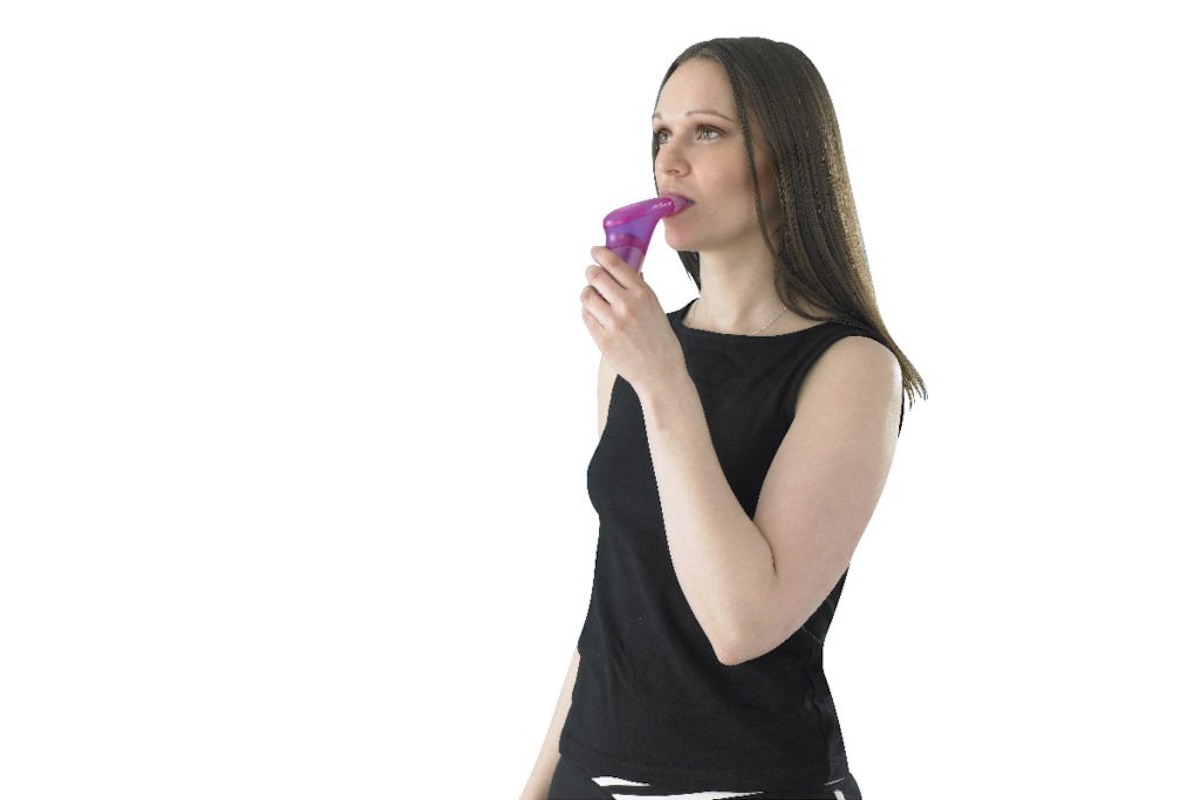
Originally developed in the 1980s for those who suffer from respiratory issues, High-Resistance Inspiratory Muscle Strength Training (IMST) requires you to inhale really hard on device that provides resistance. "Imagine sucking hard through a tube that sucks back," explain the authors from the CU Boulder, in the official release. The exercise is known to strengthen your breathing muscles ("inspiratory" muscles), as well as your diaphragm.
According to the researchers, IMST was usually prescribed to people to do for a half-hour a day "at low resistance." More recently, it's been used like HIIT—quicker, higher resistance reps—for "cardiovascular, cognitive, and sports performance improvements."
The new study sought to test higher-intensity IMST's effectiveness in "helping aging adults fend off cardiovascular disease." And for more workouts you should consider trying, don't miss The Walking Workouts That Will Help You Get Lean, Says Top Trainer.
How They Tested IMST
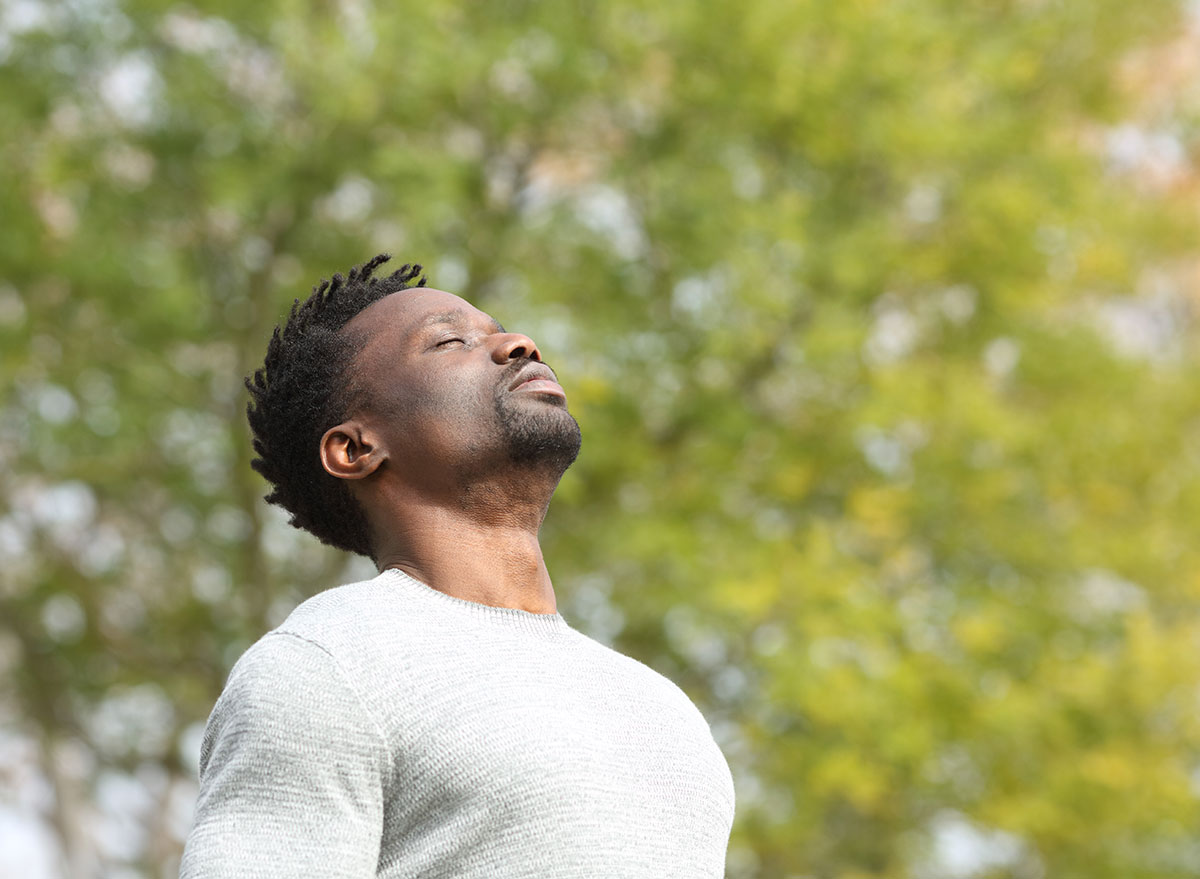
The researchers assembled 36 healthy volunteers between the ages of 50 and 79 with healthy blood pressure numbers. Some of the volunteers performed just five minutes of the "high-resistance" IMST for six weeks, others did the same amount of IMST at a lower resistance for the same period of time, which served essentially as a placebo.
It's Just as Good for Your Heart As Walking
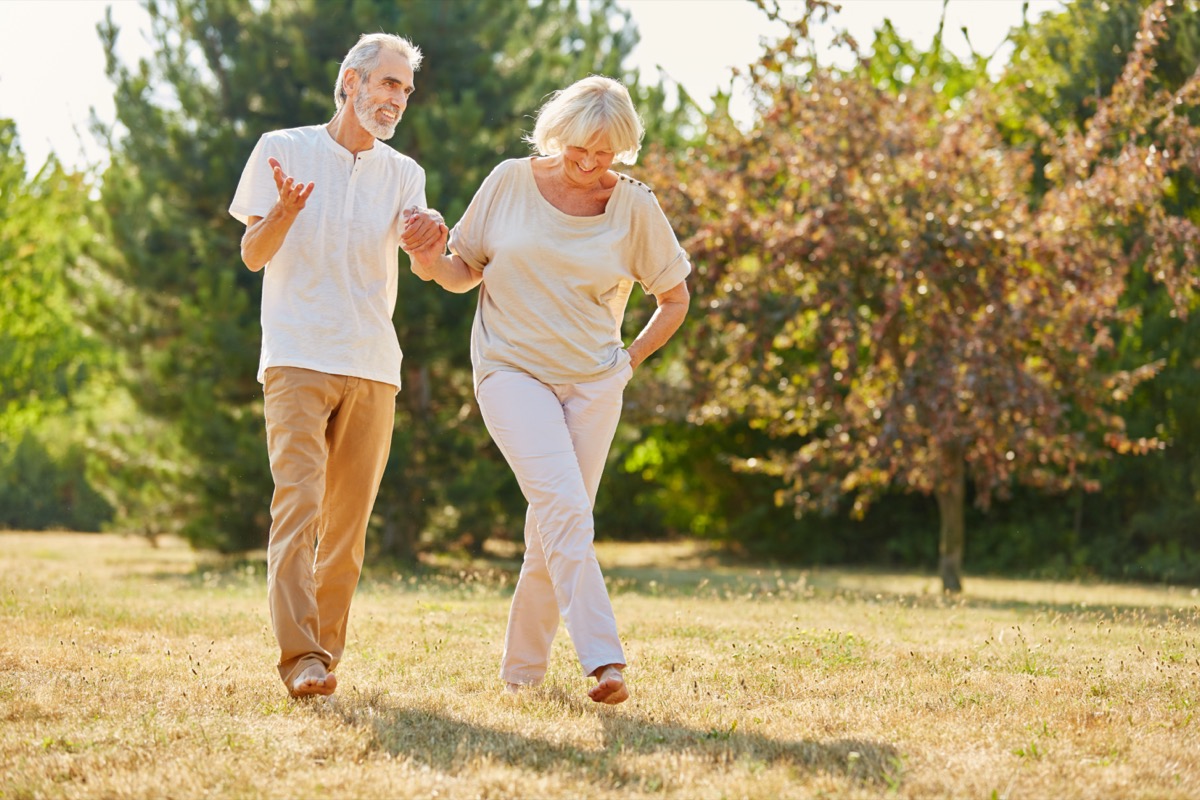
At the end of the study, those who did the more intense form of breathing exercise had a 9-point drop in their systolic blood pressure—"a reduction which generally exceeds that achieved by walking 30 minutes a day five days a week," say the study authors. "That decline is also equal to the effects of some blood pressure-lowering drug regimens."
What's more, "even six weeks after they quit doing IMST, they maintained most of that improvement."
"We found not only is it more time-efficient than traditional exercise programs, the benefits may be longer lasting," said Daniel Craighead, Ph.D., an assistant research professor in the Department of Integrative Physiology at CU Boulder. And if you love to walk, make sure you're aware of the Secret Cult Walking Shoe That Walkers Everywhere Are Obsessed With.
Thing Findings Are Particularly Relevant for Post-Menopausal Women
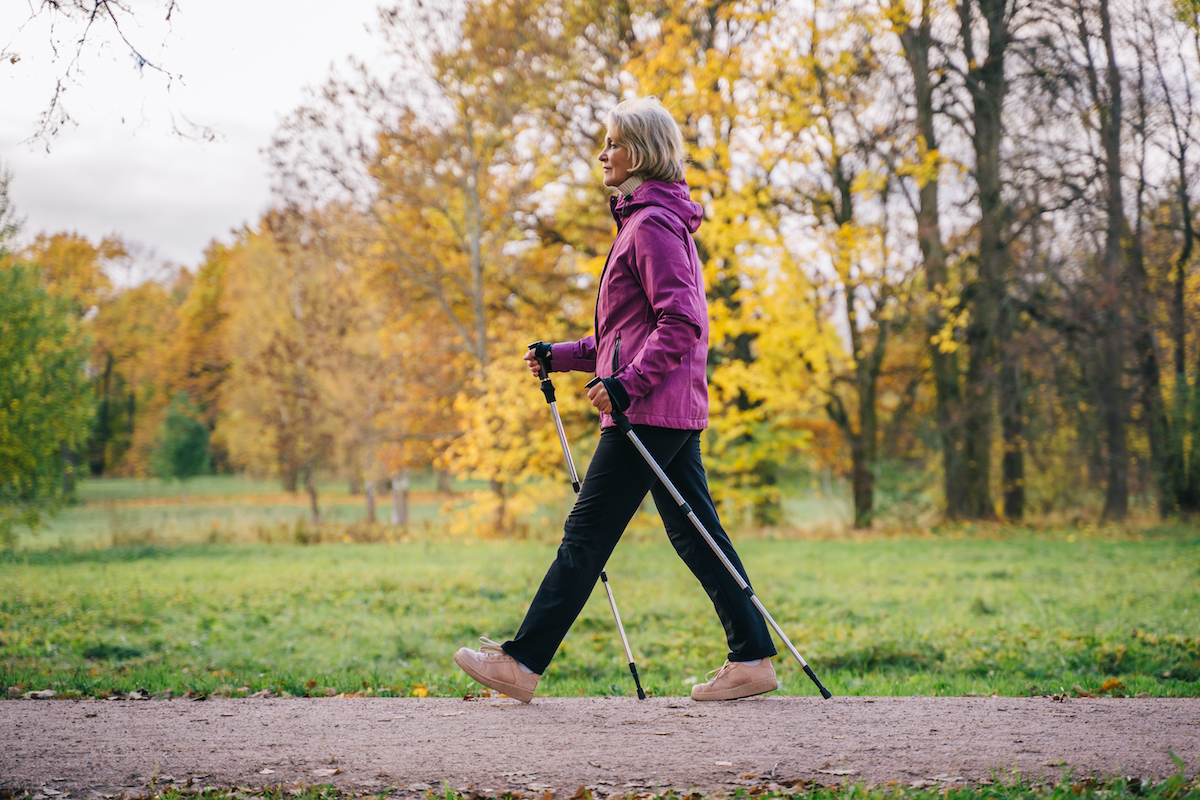
The study highlights that previous scientific research has found that postmenopausal women—unless they're taking estrogen supplements—don't "reap as much benefit from aerobic exercise programs as men do when it comes to vascular endothelial function," which refers to the inner lining of your blood vessels. With IMST, they do. "If aerobic exercise won't improve this key measure of cardiovascular health for postmenopausal women, they need another lifestyle intervention that will," Craighead noted in the release. "This could be it."
It Could Also Make You a Better Athlete
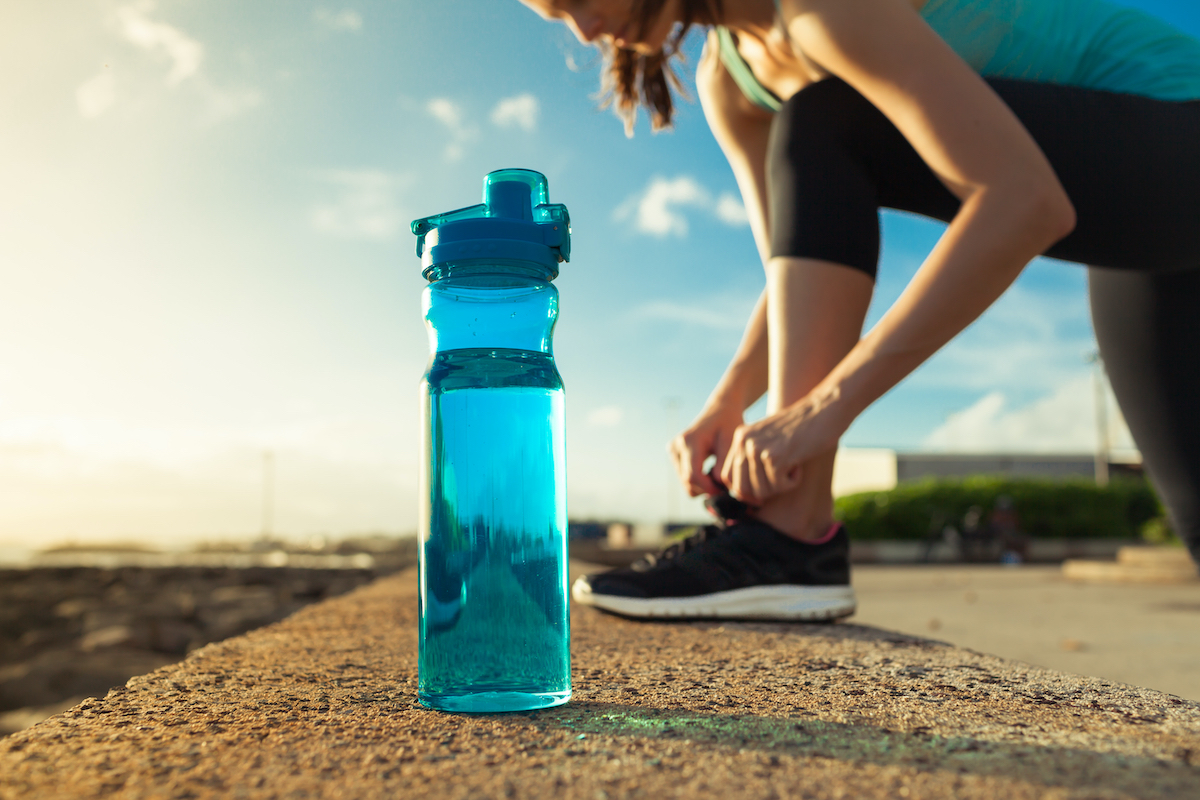
The study notes that previously done research connects IMST to sports performance. "If you're running a marathon, your respiratory muscles get tired and begin to steal blood from your skeletal muscles," said Craighead. "The idea is that if you build up endurance of those respiratory muscles, that won't happen and your legs won't get as fatigued."
Craighead, a marathon runner himself, notes that he personally uses IMST in his own training regimen.
So How Do You Do It?
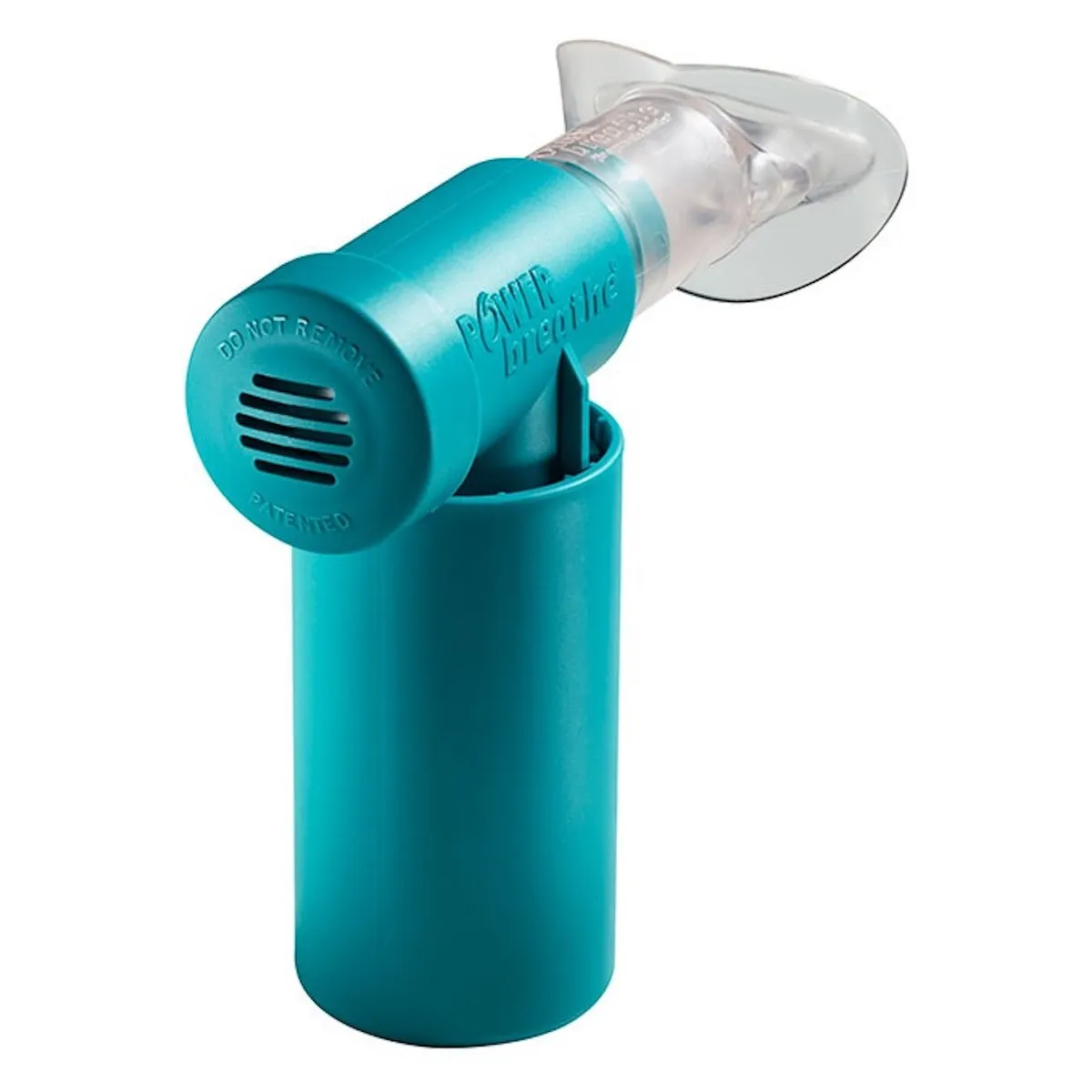
Now, it's worth noting that IMST isn't meant to be a replacement for traditional exercise at all. Rather, it's meant to be a companion exercise—a supplemental activity that you can do to help respiratory system and cardiovascular system, become healthier overall, and bolster your defenses against heart disease. But how do you do it?
As Craighead notes, you can do it at home "in five minutes while you watch TV." Like the former Buddhist monk Andy Puddicombe did with his Headspace app, the researchers are developing an app at home that provides instruction.
Until then, you do need a device called an inspiratory muscle trainer that you put to your mouth—while plugging your nose—that will provide resistance. One company that provides them is called Power Breathe. To use it, you do 30 "vigorous" breaths over the course of 5 minutes. For more exercise tips, see here for the Secret Exercise Tricks for Keeping Your Weight Down for Good.








